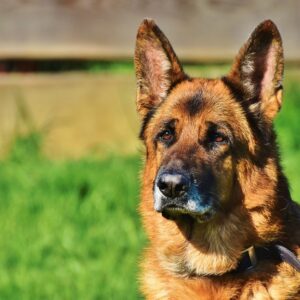Guide dogs play a crucial role in helping visually impaired individuals navigate their daily lives more efficiently. Training these dogs is an integral process requiring patience, skillful methods, and a profound understanding of dog behavior. The proceeding article provides a comprehensive guide to some of the essential elements in the process of training guide dogs.
Understanding the Role of Guide Dogs
Before diving into the training process, it is important to understand the role of guide dogs and their significant contribution to the lives of visually impaired individuals. Guide dogs, also known as seeing-eye dogs, assist individuals who are blind or visually impaired, guiding them around obstacles and towards their desired destinations.
The Basics of Guide Dog Selection
Not all dogs are suitable to be trained as guide dogs, certain breeds are better adapted to this role due to their natural attributes. Breeds commonly chosen include Labrador Retrievers, Golden Retrievers and German Shepherds. They are chosen for their intelligence, size, temperament, and general good health.
Early Socialization and Basic Obedience
From the moment a chosen puppy enters training, they are gradually exposed to a variety of environments, sounds, smells and objects aimed at desensitizing them and preparing them for the outside world. Mastering basic obedience is also key in the early stages of training, and includes commands such as ‘sit’, ‘stay’, ‘come’, and ‘down’.
Advanced Obedience and Task Specific Training
As the dog matures, more complex commands are taught, which are geared towards guiding a visually impaired individual. This includes learning to disobey a command if it would lead the handler into danger, known as “intelligent disobedience”. This also includes learning to navigate around dangers and selecting the safest routes.
Matching the Guide Dog with a Handler
One of the most important stages in training a guide dog is matching them with a suitable handler. The dog must align with the individual’s lifestyle, living conditions and walking pace. This process can take time, but is crucial to ensure compatibility and success in the partnership.
Handler Training
Once a suitable match has been made, the handler must also learn how to work with their new guide dog effectively. This involves understanding the specific commands that the dog has been trained to respond to and learning how to maintain the dog’s skills and behavior.
Aftercare and Follow-up
The training process doesn’t end once the dog has been matched with a handler. After the guide-dog has settled into its new home, follow-up visits are conducted to assess if the partnership is working effectively.
Mastering the art of training guide dogs is a rewarding and highly specialized process, requiring patience, knowledge, and a strong devotion to improving the lives of visually impaired individuals. It is one of the many ways canines contribute to our societies and enrich the human experience.

